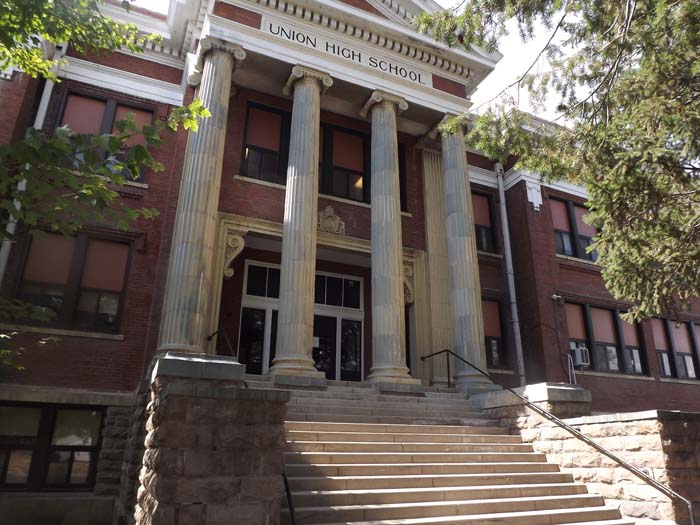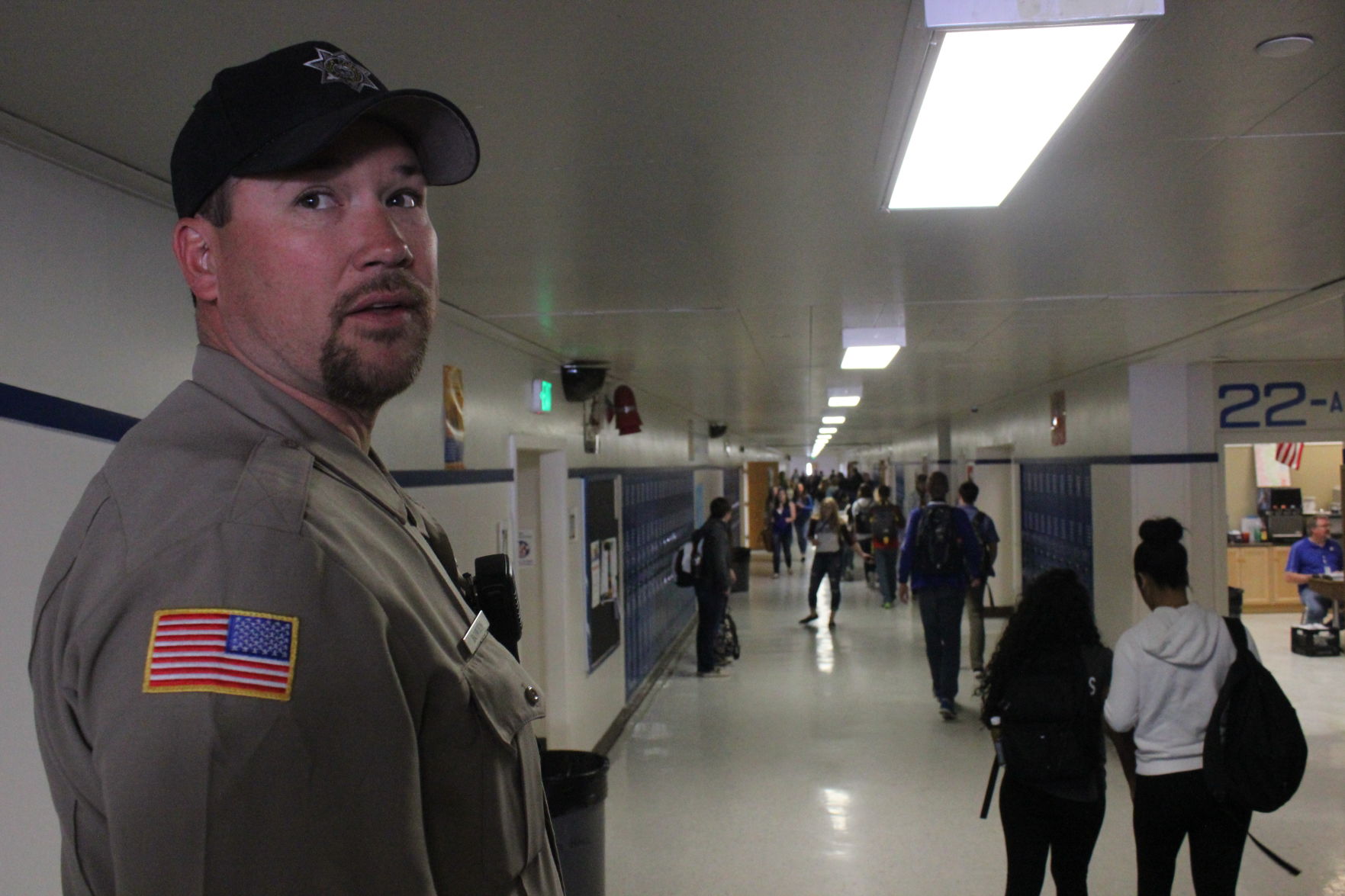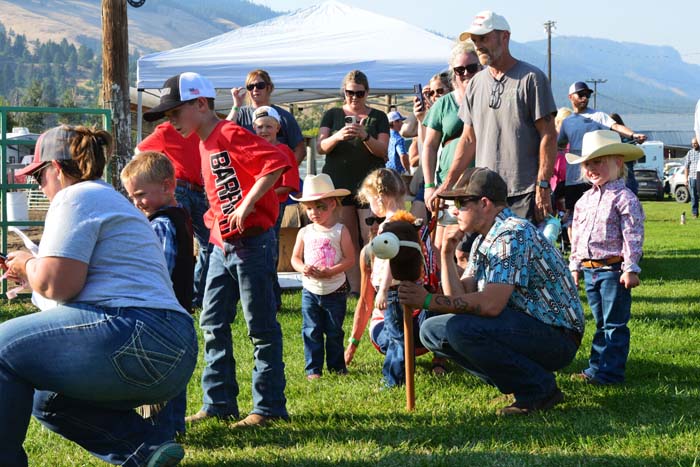Voters to decide fate of bond
Published 10:22 am Monday, October 21, 2019

- Union High School appears stately in the fall sunshine in this October 2019 photo.
What does the future hold for the Union School District?
Trending
Union School District voters will determine this in a Nov. 5 mail election for a $4 million bond that would pay for major upgrades to its buildings. Union voters began receiving ballots for the election late last week. The ballots must be returned by 8 p.m. Nov. 5.
Union School District Superintendent Carter Wells is encouraged by the show of support he has sensed in the community for the bond.
“There is lots of positivity,” Wells said of the bond levy, titled Measure 31-98
Trending
The ballot title summary for Measure 31-98 states that the estimated average tax rate would be $1.10 per $1,000 of assessed property value if the levy is approved. This means that the owner of a $100,000 house in the school district would pay $110 more a year in property taxes. The bond would be paid for over a period not to exceed 21 years, according to the summary.
The bond levy, if approved, would provide the school district a two-for-the-price-of-one opportunity. The school district was awarded a grant from the Oregon School Capital Improvement matching program this summer that will provide a dollar-for-dollar match of up to $4 million for the Union School District bond, should voters approve it. This means if voters pass the $4 million bond levy, the school district will receive $8 million for construction. The catch is that the offer for the matching grant is good only through the November election. Should the bond be rejected by voters, Wells said, the matching grant would no longer be available to the school district. He said, though, that district would be able to continue to reapply for the bond.
The superintendent said his school district is seeking a bond only because it was given the Oregon School Capital Improvement grant.
“The only reason we are doing this is because we received the grant. It is a tremendous deal,” Wells said.
The Oregon School Capital Improvement matching program became available to school districts about six years ago. School districts have been able to apply for the grant three times a year since then, which is what Wells said his school district has done.
Projects the bond levy would cover include, safety improvements at all schools, including secure entries and key card systems for better access control; energy efficiency improvements at all schools, including upgrading the heating and ventilation systems; improvements to accommodate grades seven to 12 at Union High School; improvements to the district gymnasium and athletic complex; and improvements to the district’s S.E. Miller and J.F. Hutchinson grade school buildings to accommodate students in kindergarten through sixth grade.
A portion of the money from the bond would go toward making the high school and its gym more handicapped accessible. This would make it easier for people with mobility issues to attend graduation in the gym and for all students to be able to easily reach the top floor of the high school, said Macey Clark, chair of Citizens for Union Education, a community group campaigning for the passage of Measure 31-98.
The upgrades the bond would cover are needed primary because of the age of the Union School District’s buildings, Wells said. The high school was built in 1912 and the Hutchinson building in the late 1920s or early 1930s. In the 1950s, the Miller building and the high school gym were constructed.
Clark said she believes many people in the community understand that the school district’s buildings are old and need to be renovated. She said many people have visited the school district’s buildings and have seen the need for upgrades. Clark said they also appreciate how critical good facilities are for students.
“They understand the importance of a good learning environment for students,” she said.
Clark also noted that in recent years voters in Imbler, La Grande and North Powder have passed bond levies in their school districts with rates all significantly higher than the $1.10 per $1,000 of assessed property value rate Union property owners would pay. The rates for the levies approved in those school districts over the past nine years was $1.99 per $1,000 of assessed property in La Grande, $2.01 in North Powder and $2.35 in Imbler.
Clark said the school district and the bond’s supporters understand that it might not be easy to pay higher taxes but, she added, “We want people to know we are fiscally responsible.”
Clark spoke as if the district does not have a choice.
“We could make it another 20 years, but we could not make it another 50 years without these improvements,” she said.
Clark said some people have asked why the school district does not replace its aging school buildings with new ones. She said this would not be feasible since it would cost almost $20 million.
“That is a lot of money to ask for in taxes,” she said.
Tours of the district’s buildings will be given from 8 a.m. to 5 p.m. Oct. 31, a non-school day when parent-teacher conferences will be conducted. People will be able to see what improvements money from the bond would help pay for during the tours.
“We hope that people go on the tours before they vote,” Clark said.









